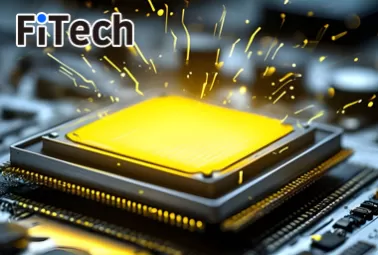-
-
-
Ultra-Fine Solder PasteUltra-Fine Epoxy Solder PasteAnisotropic Conductive PasteGold-Tin Solder PasteSolder Paste for Multiple Reflow SolderingWater Soluble Solder PasteHigh-Temperature Solder PasteLow-Temperature Solder PastesHigh Reliability Solder PasteLaser Solder PasteLead-Free Silver-Free Solder PasteLow Alpha Solder Paste
-
-
-
-









